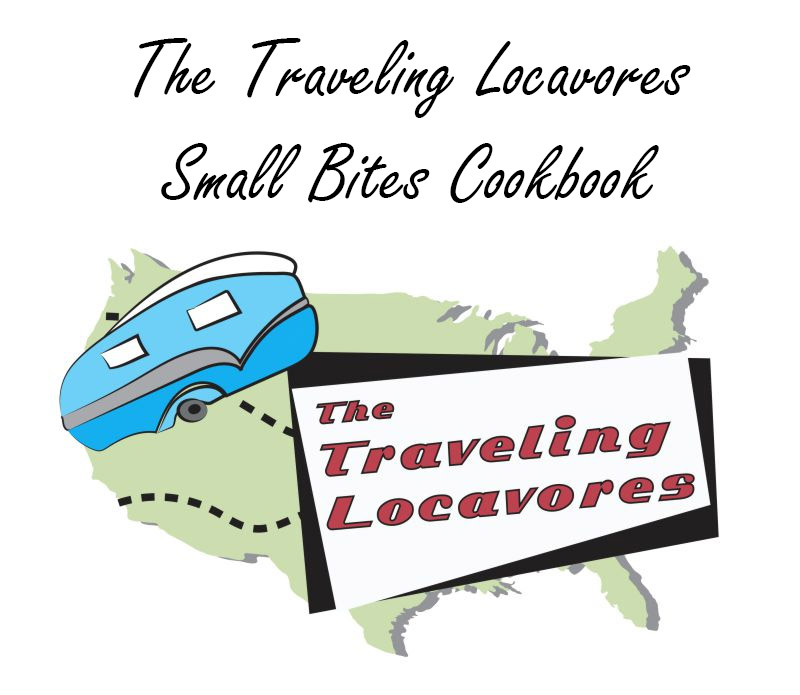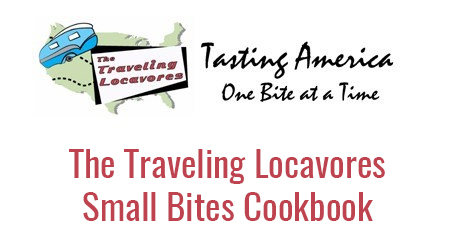The Arizona Museum of Natural History was just a short drive from Mesa Regal RV Resort where we were staying. Since it was Christmas Eve, we figured that it wouldn’t be too busy which made us feel social distancing would be quite easy.

Welcome to the Arizona Museum of Natural History

This raptor hints at what to expect inside the Arizona Museum of Natural History
The Arizona Museum of Natural History

I found it! The Lost Dutchman Mine

Love this metal sculpture of a trusty steed stands in front of a mural with cattle.
The Arizona Museum of Natural History has so much to offer so be prepared to spends a few hours there. This place is so much more than just dinosaur bones! Besides having the best dinosaurs in town, they also have a history courtyard where you can pan for gold and a native history gallery that includes a replica village and pottery.

These posters and photos offer some Arizona history.

A poster for the 1957 movie Bernadine with Pat Boone. Not sure what the relation there is to the Arizona Natural History Museum. But when the movie came out I was a little girl who LOVED Pat Boone. I even thought my Daddy looked just like him. That’s true love!

Ancient Mayan Artifacts
Mesa Jail

A Mesa Jail Cell
The story of the Mesa Jail is an exhibit that has actual jail cells that housed thousands of wayward westerners between 1884 and 1975. The Maricopa County jail was built in 1883 and was originally constructed for the main block of the territorial courthouse in Phoenix. For over 50 years it was used to house criminals charged with everything from selling phony silver bullion to practicing medicine without a license, as well as murder, theft and insanity.
In 1936 the deputy sheriff for Mesa arranged for the main block of cells to be moved to Mesa at a cost of $265 giving the city a new jail. This served as both a county facility and city jail until its closure in 1975. The cells on exhibit have been preserved intact.
Dinosaurs

Mastodon skeleton
So many dinosaurs are on display. There are full sized skeletons as well as realistic sculptures shown in their natural habitat. It really gives you an insight as to what it was like when dinosaurs roamed the earth.

Tyrannosaurus and raptor skeletons
The mighty Tyrannosaurus bataar was a ferocious meat eating dinosaur that lived during the Cretaceous Period about 80 million years ago. The fossil cast is of a juvenile, but at maturity it may have grown to a length of 45 feet. The specimen at the Arizona Museum of Natural History roamed in Mongolia but is a close relative to the Tyrannosaurus rex that roamed the southwestern United States.

Skeleton of a Triceratops
The Triceratops has a very fearsome appearance. But in reality it was an herbivore (plant eater). They stood about 10 feet tall, measured 30 feet in length and weighed more than 6 tons. These creatures roamed the Southwest 65 million years ago.

Apatosaurus femur (thigh bone) from a dinosaur that was over 80 feet long and weighed over 20 tons. They roamed Arizona over 144 million years ago!

Bighorn Sheep and wonderful Native American woven baskets

Suskityrannus Hazlae or Hazel’s Coyote Tyrant
And those were just a couple of the dinosaurs that are on display at the Arizona Museum of Natural History.
Minerals

This is a Drusy Chrysocolla Boulder
In addition to dinosaurs, there are many minerals on display that are found in the area. The Southwest is rich in Copper, Lead and Quartz minerals. And as a jewelry maker these displayed appealed to me the most. There were exquisite specimens of gems, many of which I have in my inventory.
Copper minerals

A display of Copper Minerals are predominantly blue and green.
Copper minerals are the blues and greens. Arizona is nicknamed the Copper State because it supplies more copper than any other state. Along with that copper comes a variety of gems created by copper’s influence. Native Americans of the Southwest have valued and mined copper minerals such as turquoise (my favorite) for centuries.
The beautiful blues and greens of many copper minerals result from copper getting together with oxygen molecules from ground water. The reaction between copper an water not only results in the coloration of the copper, but also the coloration of water.
The minerals in this case are placed according to how they are found in the ground. Those with the brilliant colors at the top of the case are found closer to the surface and to sources of moisture. The ones at the bottom are called primary minerals because they have been relatively unaltered since their origins in melted rock.
Lead minerals

Lead Minerals in gorgeous yellows and oranges
Lead minerals are one of the earliest metals discover in the world. Minerals in the lead family are common in Arizona. They are valued for both their practical and aesthetic qualities. The formation of lead minerals in their typical red and orange hues, differs from the coppers because lead itself does not react with water.
Water does play two roles in the lead story. Hot magma from the interior of the east contains large amounts of acidic steam. Lead and other minerals are dissolved in the sulfuric acid and deposited in various forms as the steam works its way up under pressure. These lead minerals commonly appear in the purer shiny gray forms we know as lead and galena.
At the same time, oxygen from rainwater creates a zone of oxidization from the surface down to the water table. When the super-heated steam breaks into this zone from below, the lead interacts with oxidized minerals there. Bright orange and red minerals such as wulfenite and vanadinite are created and deposited in crystallized form. The more space available at the time, the larger the crystals will be. Spectacular examples of these minerals are plentiful in Arizona.
Quartz

A case full of stunning quartz

More beautiful quartz on display.
Quartz forms in a great variety of shapes, from large single hot-spring crystals to fluorescent masses and sparkling coatings. Some quartz crystals are well formed structures of six sides, with points at both ends. Others are flattened, joined together as twins, or include another quartz crystal as a phantom within.
Chalcedony is a massive variety of quartz without apparent crystals. Also described as cryptocrystalline, its crystals are actually so tine they can’t be seen, even through a common microscope.
Agate is a form of cryptocrystalline quartz that occurs in a marvelous variety of shapes and colors. Fire agate is unique to the southwestern deserts of the U.S. and Mexico. Flashing differently that cryptocrystalline quartz minerals are found in Arizona, including tiger’s eye, jasper, petrified wood and chrysoprase.
In spite of its changeable appearance, quartz keeps its single chemical formula. Its hardness and other properties also remain the same. This abundant mineral takes shape in a all three types of rocks: igneous, metamorphic and sedimentary.
Quartz also plays a major role in fossilization. Through replacement by quartz, many details of ancient life are preserved. The acres of Triassic tree and branches of Arizona’s Petrified Forest National Monument are largely chalcedony and jasper.
Native American Exhibit

Gorgeous Native American woven baskets

Native American apparel and beaded jewelry

Lovely Native American Pottery
Next to the gorgeous minerals on display, I found the Native American Exhibit to be the most beautiful. Pottery, woven baskets, apparel and intricate beading kept me busy snapping picture after picture. Can’t wait to have time to sit down with my inventory of gems, silver, copper and gold to create new jewelry inspired by our visit to the Arizona Museum of Natural History!

Just outside the Arizona Museum of Natural History we found this fabulous sculpture of a mama bear protecting her cubs.










Trackbacks/Pingbacks